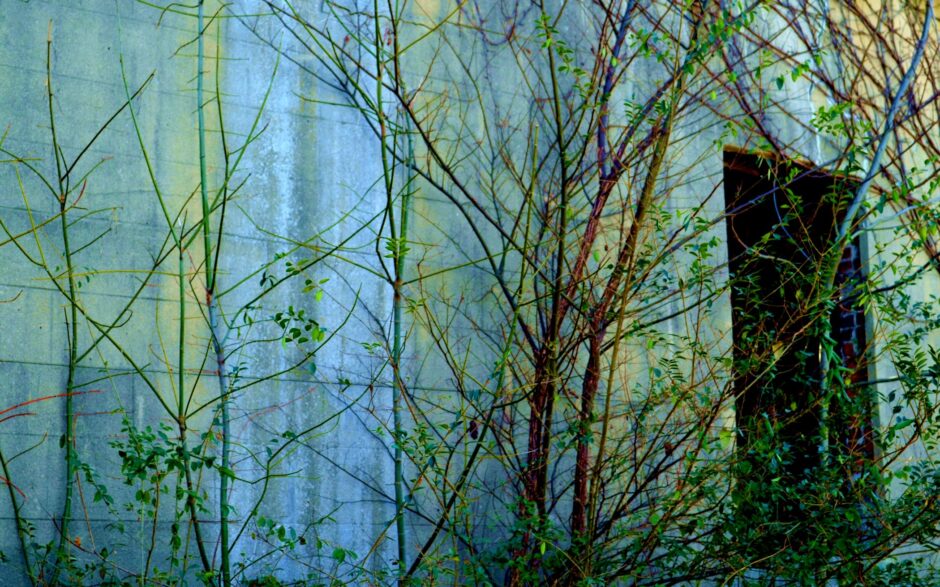MARDI GRAS LAGNIAPPE
by Gary Wright
‘We picked up one excellent word — a word worth traveling to New Orleans to get; a nice limber, expressive, handy word — “lagniappe.”’
— Mark Twain, Life on the Mississippi

Headed to Mardi Gras? Here are some words and phrases you might hear — along with “a little something extra.”
A po’boy is usually roast beef or fried seafood— shrimp, crawfish, fish, oysters or crab — served on a baguette. (French bread) It’s Louisiana’s answer to a submarine sandwich. The wait person will ask you if you want it dressed (with mayo, lettuce and tomato.) When it arrives with a side of chips or fries — on the house — that’s lagniappe, [lan yap] or “a little something extra.” This should help you ‘pass a good time’ (or live it up) during your meal, and experience what Louisianans call joie de vivre (the joy of living). But beware, as having lots of fun is also said to fuel [gumbo ya ya,] or everyone talking at once.
Boudin [boo-dan] is a blood sausage made of chicken, pork or beef. Almost every Cajun or Creole restaurant in Louisiana includes gumbo on the menu. This thick soup almost always includes Louisiana’s three-ingredient cooking trinity – celery, bell peppers and onions. The most important ingredient is roux [roo] or the browned mix of oil and flour mix which gives it a classic taste.

Pronounced the same but spelled differently from roux is rue, which is French for “street.” You will often also see signs throughout south Louisiana, using the word “calle” which means “street” in Spanish. The reason is that Louisiana was originally a French colony, then a Spanish colony, and then a French colony again before becoming part of the U.S. As a result, the Cajun lingo is interspersed with French, English, Spanish and Native American vernacular
Bouder [bou-deh] verb: To pout, sulk. “She boude’d all night ’cause he got there so late.” (This has been anglicized to ‘bowed up’ in other parts of the South.) Envie [ahn-vee] noun: A longing or hunger to do or eat something. Other Southerners might use the word ‘hankering’ where a Cajun would use ‘envie.’ “I’ve got an envie for some boudin.” Cher [sha] noun: An endearment usually used with women, similar to ‘dear,’ a shortened version of cherie. ‘Ma cherie a mio’ was immortalized by Hank Williams in his song, ‘Jambalay.’ Gris Gris [gree-gree] noun: To put a curse on someone. Often used in jest and not actual black magic. “Ma cher was so mad when I showed up late, she put a gris gris on me.”
‘Who dat?’ means pretty much anything the speaker wants; much as aloha does to Hawaiians. ‘Who dat?’ can mean how are you? Where are you? What’s up? How’re you doing? Fais do do [fay doe doe] A Cajun dance party. “They’re having a real fais do do tonight at the club.” Tit (masc.) or tite (feminine) [tee or teet] noun: The Cajun word for ‘junior,’ but placed before the name. “I met up with John and his son, Tit John.” Veiller [vay-yay] verb: To talk with friends. Cajun equivalent of “to shoot the breeze.” “He got all vellier with his friends down at the store.”

Honte [hont] adj.: Embarrassed or ashamed. “He was texting and ran into the front door. Boy, was he honte!” Minou [më nü’] noun: “Get that minou off the bar! He’ll drink all my beer.”
New Orleans streets don’t have medians — they have neutral grounds. The term comes from the neutral strip of land on Canal Street that originally separated the French-Creoles living in the French Quarter (the vieux carre or “old square”) from the Anglo newcomers who lived in what’s now known as the Central Business District. Also, streets often have banquettes in lieu of sidewalks. The vieux carre is the oldest part of the city. The name of the city is pronounced N’awleans or New Arleans but never pronounced New Orleens. This is true even though it was named after the City of Orleans (Orleens,) France

New Orleanians do not use north, south, east or west. In the Big Easy things are found uptown, downtown, riverside or lakeside. The term ‘Big Easy’ comes from a big, easy bend that the river takes in New Orleans. These directions are all relative to the city’s geographic location between Lake Pontchartrain, the Mississippi River, and the direction the river flows in relation to the city. Similarly, the west bank, which is actually south, refers to the suburbs across the river. There are actually places where you have to go east to get to the west bank. If someone asks, “Where Y’at?” they don’t actually want to know where you are but rather, “How are you doing?” Much as Shakespeare’s Juliette asking, “Romeo, wherefore art thou?” She is asking his condition, not his location.
Louisiana is the only American state that has parishes instead of counties. That’s because of the predominantly Catholic population that lived here during the colonial period and early statehood — early government districts nearly mirrored church parishes. When Louisiana became a state in 1812, it was the first, and only, state where non-English speaking people were the majority. So, you see, their street signs are really not in a foreign language. You are speaking the foreign language. I guess the whole thing is clear now, how dat?
Photos: Google Images


